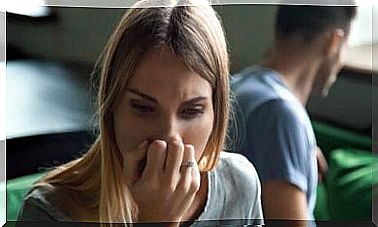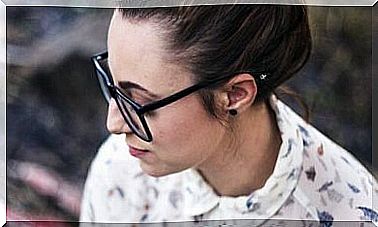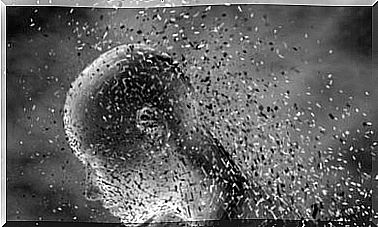How Does The Presence Of Others Influence Our Behavior?

Do you think we act the same when someone is looking at us? Do you think that someone who judges or values generates the same effect on us as a simple observer? Do you think that the presence of others can improve or harm your performance in the development of your task? Read on to find out.
One of the first authors to be interested in these questions and to carry out this type of experiment was Norman Triplett, who was able to verify that the presence of others improved our performance. He carried out his experiments with cyclists and valued their marks in his solo training and later with other cyclists.
Another experiment carried out by this same author was developed with children and he was also able to observe how the execution varied depending on whether they were accompanied by other children or not. Work times decreased and they did it faster and better when they performed the task accompanied than when they were alone in the observation situation.
These studies showed that when you work with other drivers, that is, people who perform the same task as you, performance improves. But what happens when the observers are mere spectators?

Social facilitation and social inhibition
Social facilitation refers to when the presence of others helps us to improve and perform the activity better. When does this happen? This effect occurs when the task is easy for the person who performs it or when for the subject it is something well learned that does not require much concentration and can be solved without complications.
The opposite effect, that is, social inhibition occurs the other way around. When a person is not familiar with the task or when it requires a lot of concentration and involvement of the subject, the presence of others will negatively influence performance, this is social inhibition.
These two effects can be understood when we focus on the type of task. When they judge our work or are mere spectators, my experience and familiarity with the type of activity that I have to carry out will become part of it. So I will be able to benefit from someone looking at me to do my best or I will prefer to be alone to focus and develop my work better. All depending on how the task is.
Does the number of people who observe your work influence?
Other studies carried out in the field of sport studying the effect produced by the presence of others, found effects of social facilitation when the observers were ten or fewer people. When they studied the performance with large spectators (more than eleven), neither facilitating nor inhibiting effects were observed.

This may also be related to the behavior of the observers. When their behavior is positive and we have a certain control over them; that is, we hear your comments or we can appreciate your gestures. They exert an effect that influences us when it comes to acting, on the other hand, when it is a large audience, we lose control over them and therefore we stop being sensitive to their influence.
Conclusions
The conclusions that we derive from the presence of others have to do above all with the type of task we face. When the task is easy, we can improve our performance when someone watches us ; on the other hand, the performance is lower than what we would obtain alone when the task is complicated and requires all the attention.
Perhaps the over-activation that the presence of other people can generate is well used when we can carry out the task without using all our cognitive and attentional resources. On the other hand, when the task requires us to spend all our attention on it, others can produce an over-activation that does not benefit us (there is usually a good level of activation due to the complexity of the challenge) and distract us.









